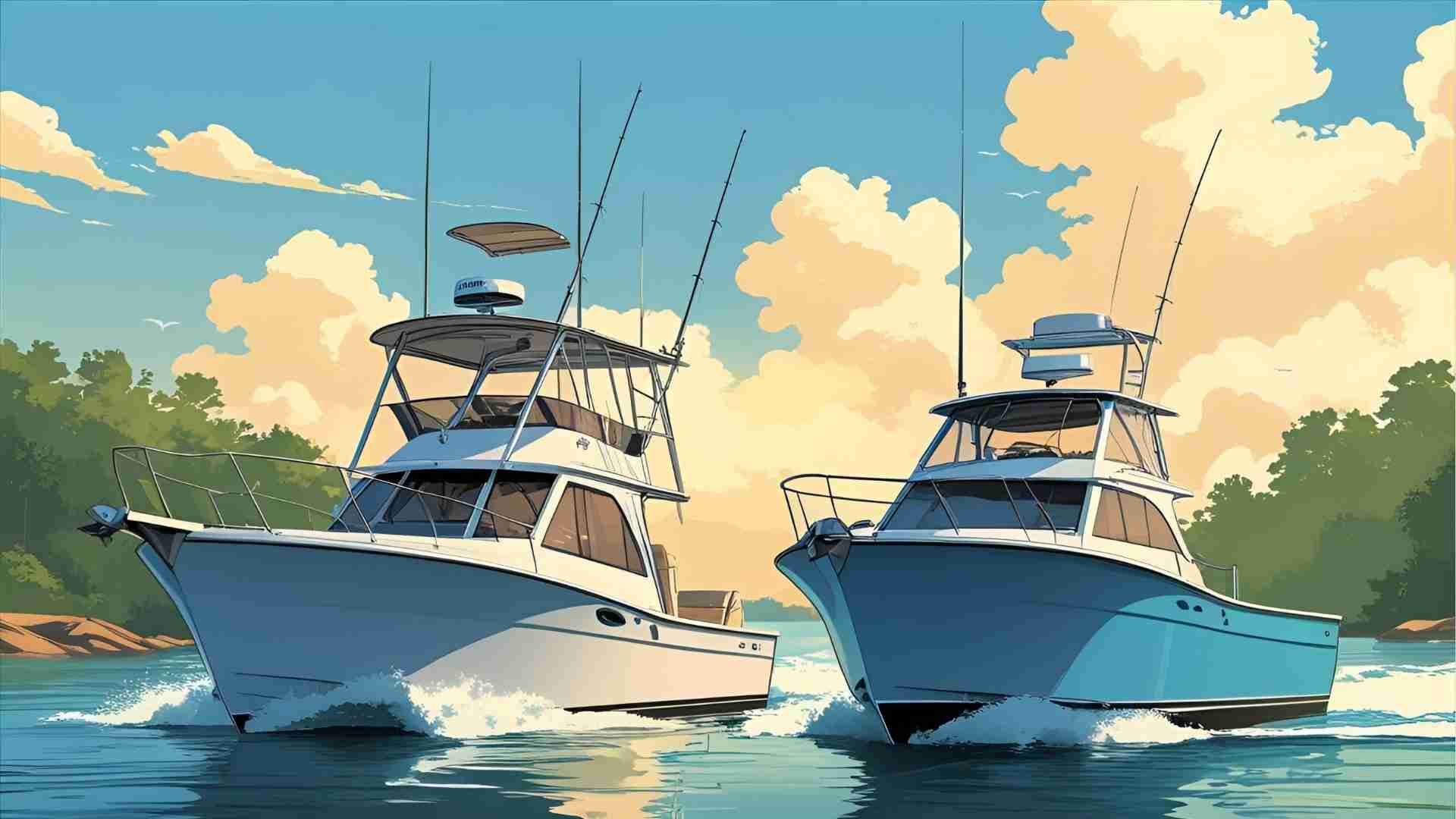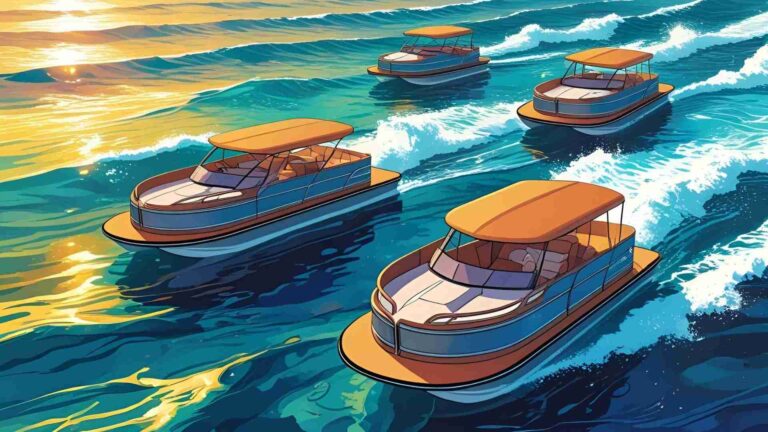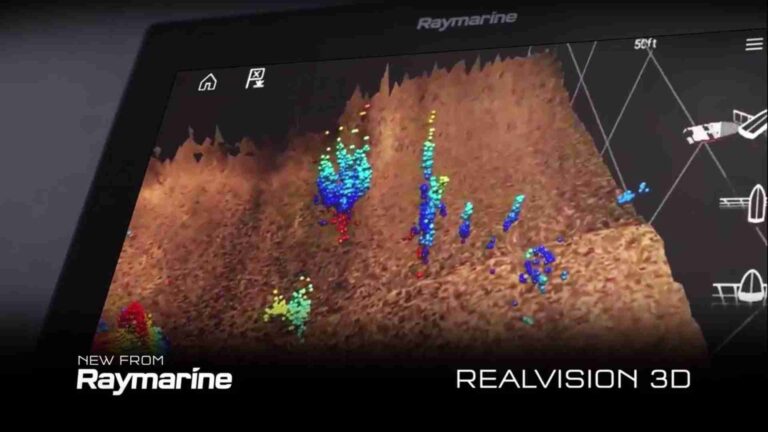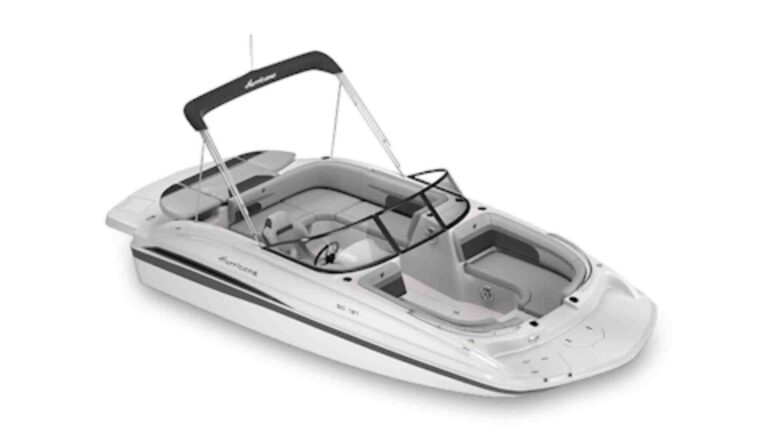Center Console vs. Walkaround Boats
Center console vs. walkaround boats: Compare design, fishing features, comfort, and performance to choose the best boat for your needs.
Boating enthusiasts, particularly those passionate about fishing, often face a critical decision when selecting a vessel: should they opt for a center console or a walkaround boat? Both boat types are designed with fishing in mind, offering 360-degree access around the deck, but they cater to different priorities and lifestyles. Center consoles are renowned for their open deck space, speed, and maneuverability, while walkarounds provide a cabin for comfort and overnight capabilities. This comprehensive guide explores the design, features, performance, and use cases of both boat types to help you make an informed decision tailored to your boating needs.
Understanding Center Console and Walkaround Boats
Center Console Boats: Open and Agile
Center console boats are defined by their minimalist, open layout. The helm station is centrally located, allowing unobstructed movement around all sides of the console. This design maximizes deck space, making center consoles a favorite among anglers and those who enjoy water sports or day cruising.
- Design: The central helm, often equipped with a T-top for shade, provides 360-degree fishability. The open deck is versatile, accommodating multiple anglers or social gatherings.
- Size Range: Typically 18 to 45 feet, with larger models offering more amenities.
- Hull Design: Deeper V-hulls ensure a smoother ride in rough waters, enhancing offshore capabilities.
Walkaround Boats: Versatile and Comfortable
Walkaround boats, also known as walkaround cuddy boats, blend the fishing prowess of center consoles with the comfort of a small cabin. They feature a central helm with narrow passageways on both sides of the cabin, providing deck access while offering shelter.
- Design: The cabin (cuddy) ranges from modest V-berths in smaller models to more spacious accommodations in larger ones, including galleys and enclosed heads.
- Size Range: Generally 18 to 35 feet, with some premium models exceeding 40 feet.
- Hull Design: Slightly shallower deadrise compared to center consoles, improving stability for drift fishing or overnight anchoring.
Shared Features of Center Console and Walkaround Boats
Despite their differences, both boat types share several features that make them ideal for fishing and recreational boating:
| Feature | Description |
|---|---|
| Hull Shape | Seaworthy hulls with bow flair for smooth rides in choppy conditions and spray protection. |
| Outboard Power | Single or multiple outboards for performance and easy maintenance; tiltable to reduce corrosion. |
| Fishing Amenities | Livewells, bait prep stations, rod holders, tackle drawers, and cockpit washdown systems. |
| T-Top Options | Customizable T-tops for shade, antenna mounting, and additional rod storage. |
| Electronics | Support for advanced navigation and fish-finding electronics, customizable to user needs. |
| Head Compartment | Portable heads in smaller models; fixed heads with pump-out tanks in larger ones. |
These commonalities ensure that both center consoles and walkarounds are well-equipped for serious angling, but their unique advantages set them apart.
Center Console Boats: Advantages and Use Cases
Center consoles are the go-to choice for anglers prioritizing fishability, speed, and simplicity. Here’s why they stand out:
1. Unmatched Fishability
The open deck layout provides ample space for multiple anglers to fish simultaneously. The 360-degree access allows for easy movement when chasing a fish, whether it’s a 30-pound mahi-mahi or a trophy sailfish. Forward deck space is particularly generous, ideal for casting or fighting fish from the bow.
2. Superior Performance
Center consoles are lighter than walkarounds of the same length, resulting in faster cruising and top-end speeds. Their deeper V-hull design cuts through rough waters, ensuring a smoother ride offshore. This combination of speed and stability makes them ideal for reaching distant fishing grounds quickly.
- Fuel Efficiency: Lighter weight and streamlined design often translate to better fuel economy.
- Example: A 30-foot center console with twin 300-hp outboards can achieve cruising speeds of 30-35 knots and top speeds exceeding 50 knots.
3. Low Maintenance
The minimalist design reduces maintenance costs and effort. With fewer enclosed spaces, cleaning is straightforward, and there are fewer components (like cabin fixtures) to maintain.
4. Customization Options
Modern center consoles offer extensive customization, from luxury features like electric grills and sun shades to fishing-specific upgrades like additional rod holders or larger livewells. Manufacturers like Regulator and Sea Hunter provide options to tailor the boat to your needs.
5. Ideal Use Cases
- Day Fishing Trips: Perfect for anglers who focus on fishing and return to shore the same day.
- Water Sports and Socializing: The open deck is versatile for towing skiers, hosting guests, or cocktail cruising.
- Trailering: Lighter weight and simpler design make center consoles easier to trailer, especially in the 28-30 foot range.
Example Model: Regulator 31
| Specification | Details |
|---|---|
| Length | 31 feet |
| Beam | 10 feet 4 inches |
| Weight | ~10,200 lbs (with engines) |
| Power | Twin Yamaha 300-hp outboards |
| Fuel Capacity | 300 gallons |
| Price | ~$350,000 (base model, fully rigged) |
| Key Features | 360-degree fishability, T-top, livewell, rod storage, optional helm air conditioning |
Walkaround Boats: Advantages and Use Cases
Walkarounds appeal to boaters who value comfort, versatility, and the ability to spend extended time on the water. Here’s what makes them unique:
1. Cabin Comfort
The cuddy cabin is the defining feature, providing shelter from sun, wind, or rain. Smaller models (18-24 feet) offer basic V-berths and portable heads, while larger models (30+ feet) include galleys, enclosed heads, and even air conditioning.
- Overnight Capability: Cabins enable weekend trips or extended fishing adventures.
- Storage: Secure storage for rods, tackle, and personal items when not on board.
2. Enhanced Protection
A full windshield and enclosed cockpit protect the helm area, making walkarounds more comfortable in cold or windy conditions. Elevated helms on larger models improve visibility and create additional cabin space below.
3. Versatile Design
Walkarounds excel at balancing fishing and cruising. Cockpit features like convertible seating or galley consoles enhance entertaining, while fishing amenities ensure angling performance.
- Family-Friendly: Cabins provide a place for children to nap or escape the sun, making walkarounds ideal for family outings.
- Example: Osprey Pilothouse models offer extended aft decks and full-height waterproof doors for versatility.
4. Stability for Anchoring
The shallower deadrise of walkarounds improves stability when anchored or drift fishing, reducing rocking for a more comfortable experience.
5. Ideal Use Cases
- Overnight Fishing Trips: Suited for anglers planning multi-day adventures.
- Family Cruising: Cabins and enclosed cockpits cater to families or groups seeking comfort.
- Cooler Climates: Windshields and cabins provide protection in regions like British Columbia or the Pacific Northwest.
Example Model: Grady-White Marlin 300
| Specification | Details |
|---|---|
| Length | 30 feet 6 inches |
| Beam | 10 feet 7 inches |
| Weight | ~9,500 lbs (without engines) |
| Power | Twin Yamaha 300-hp outboards |
| Fuel Capacity | 282 gallons |
| Price | ~$300,000 (base model, fully rigged) |
| Key Features | Cuddy cabin with V-berth, enclosed head, full windshield, livewell, rod storage |
Comparing Center Console and Walkaround Boats
To visualize the decision-making process, consider the following flowchart:
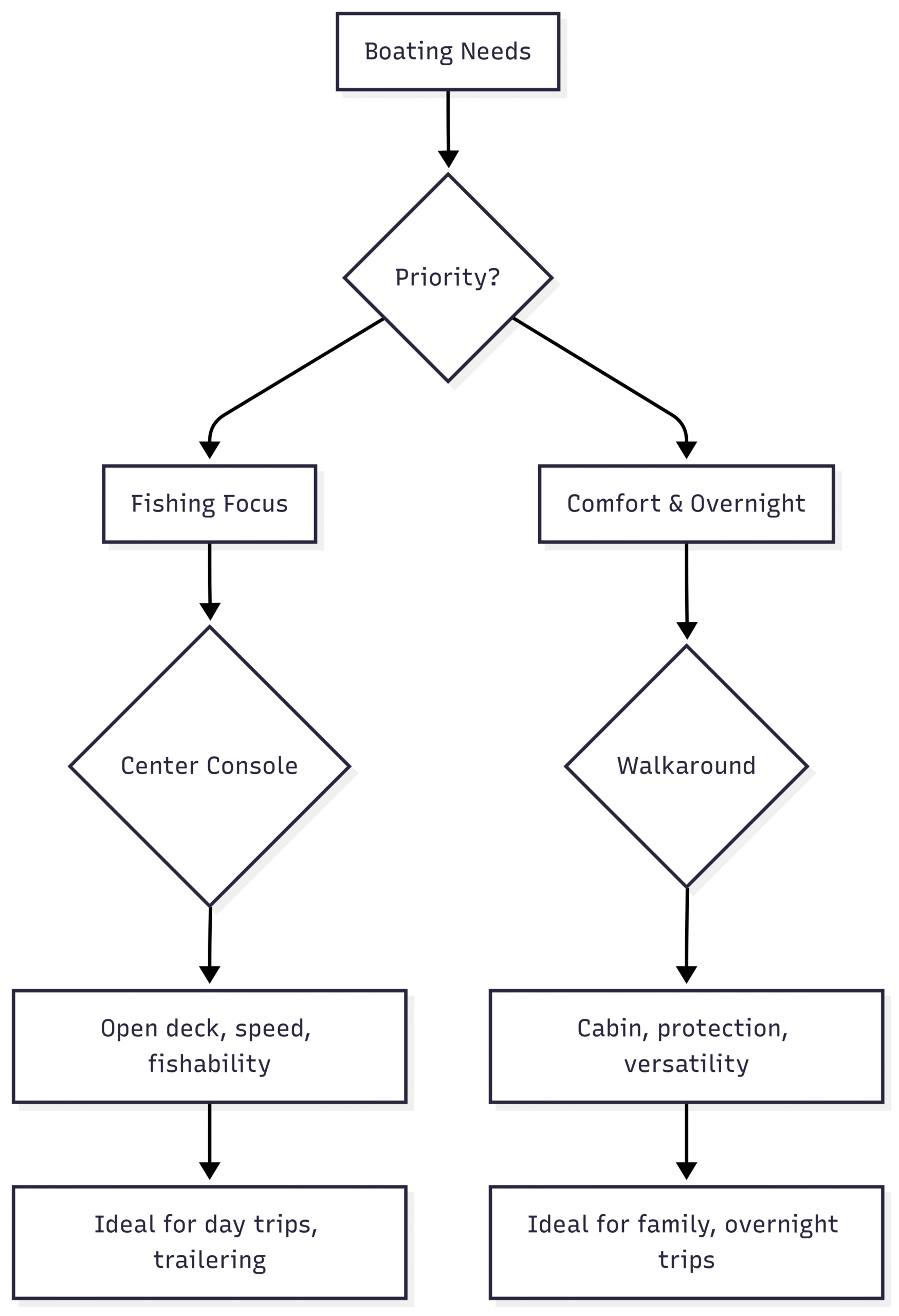
This chart highlights the primary considerations when choosing between the two boat types.
Key Differentiators
| Aspect | Center Console | Walkaround |
|---|---|---|
| Deck Space | Larger, unobstructed | Smaller due to cabin |
| Speed | Faster, deeper V-hull | Slower, shallower deadrise |
| Comfort | Open, exposed helm | Enclosed cockpit, cabin |
| Overnight | Limited (some larger models have berths) | Cabin enables multi-day trips |
| Maintenance | Lower due to simplicity | Higher due to cabin fixtures |
| Trailering | Easier, lighter weight | Heavier, more complex |
Real-World Considerations
A boater in St. Augustine, Florida, planning to use a 28-30 foot boat for offshore and inshore fishing, diving, and occasional trailering, faces a tough choice. Center consoles like the Regulator 31 offer superior fishability and are easier to trailer (weight 10,200 lbs), but lack storage and overnight comfort. Walkarounds like the Grady-White Marlin 300 provide a cabin for storage and napping, but their weight (9,500 lbs plus trailer) may require a heavier tow vehicle, such as a Ford F-250.
- Trailering: A 28-30 foot center console with a beam of 8’6” to 9’6” is more manageable for trailering than a walkaround of similar size. A truck with a 10,000-11,000 lb tow capacity (e.g., Ford F-150, ~$55,000) suffices for most center consoles, while walkarounds may push the limits.
- Climate: Florida’s warm weather favors center consoles, but walkarounds provide relief during sudden rain or intense sun.
- Family Use: Walkarounds are better for families with young children needing rest or storage for dive gear.
Choosing the Right Boat for You
The decision between a center console and a walkaround hinges on your boating lifestyle:
- Choose a Center Console If:
- Fishing is your primary focus, and you value 360-degree fishability.
- You prefer speed and fuel efficiency for offshore runs.
- You plan day trips and don’t need overnight accommodations.
- Trailering is a priority, and you want lower maintenance.
- Choose a Walkaround If:
- You want a balance of fishing and cruising with family or friends.
- Overnight trips or extended fishing adventures are part of your plans.
- Comfort and protection from the elements are important.
- You’re docking at a marina and need storage for gear.
Expert Insights
Boating forums highlight real-world perspectives. One user, owning both center consoles and walkarounds, noted that center consoles excel for fishing but lack storage for dive gear and family needs. Another emphasized the walkaround’s cabin for secure rod storage and comfort in hot climates, though trailering a 28-30 foot walkaround can be challenging without a heavy-duty truck.
Conclusion
Center console and walkaround boats both offer exceptional fishing capabilities, but their design and features cater to different priorities. Center consoles provide unmatched fishability, speed, and simplicity, making them ideal for dedicated anglers and day trippers. Walkarounds deliver comfort, versatility, and overnight potential, appealing to families and those seeking a multi-purpose vessel. By assessing your boating needs—whether it’s trailering in Florida, family cruising in British Columbia, or offshore fishing in the Bahamas—you can select the boat that best aligns with your lifestyle.
For personalized guidance, visit trusted dealers like Alberni Power & Marine in British Columbia or HMY Yacht Sales for premium models. Whether you choose a sleek center console or a versatile walkaround, your time on the water will be unforgettable.
Happy Boating!
Share Center Console vs. Walkaround Boats with your friends and leave a comment below with your thoughts.
Read How to Get Your Family Excited About Boating: Guide until we meet in the next article.
